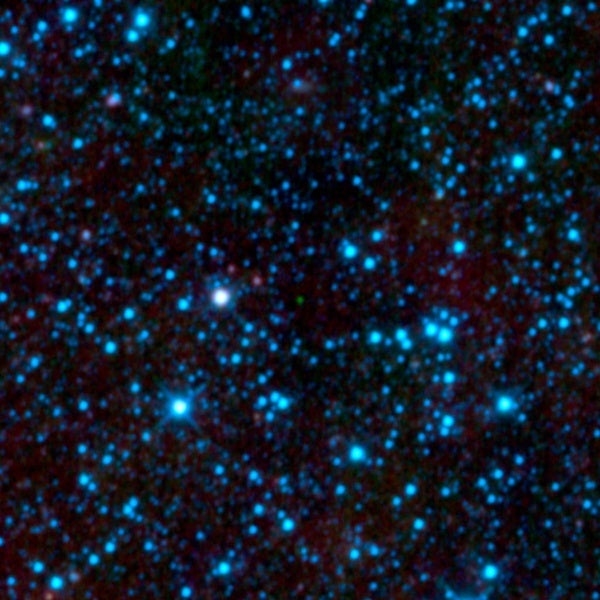Stars that didn’t quite make it to full blazing glory are a lot more common than we thought. A new survey found not just more brown dwarfs, but an entire population of ultracool brown dwarfs that aren’t identified by standard sky surveys.
Brown dwarfs are often teased as being failed stars, too big and bright to be a planet but too small to sustain hydrogen fusion. They’re doomed to stay dim until they sputter out, never achieving the bright twinkle of the stars that spot our skies. But this makes them perfect for observation: unlike other stars, brown dwarfs are dim enough to not blind instruments. They’re often in isolation, allowing for even more clear observation of this astrophysical intermediary between planets and stars.
A new survey led by Jasmin Robert of Université de Montréal went hunting for even more brown dwarfs. The team surveyed 28% of the sky, and checked the properties of every star. Instead of using the standard techniques to filter out brown dwarfs strictly by set color ranges, the team pulled full spectrums of stars to find more unusual brown dwarfs. They found an additional 165 ultracool brown dwarfs not previously identified within the study region. For brown dwarfs, ultracool is below 3,500F, a sixth the temperature of our Sun and barely warm enough to melt carbon.
Of the stars Robert and her team found, fully a third were unusual even in this odd population. The unusual ultracool brown dwarfs are ones that have different colors than anticipated for their age. They either appeared older than they are, tinted red through a disproportionally dusty atmosphere or inflated size, or younger than they are by being tinted blue by a scarcity of dust or contracted size. The discovery that the team identified so many unusual brown dwarfs so quickly in such a small patch of sky indicates that the population of brown dwarfs is more varied than we thought.
All of this means that it’s just gotten a whole lot easier to go hunting for brown dwarfs in the neighborhood.










